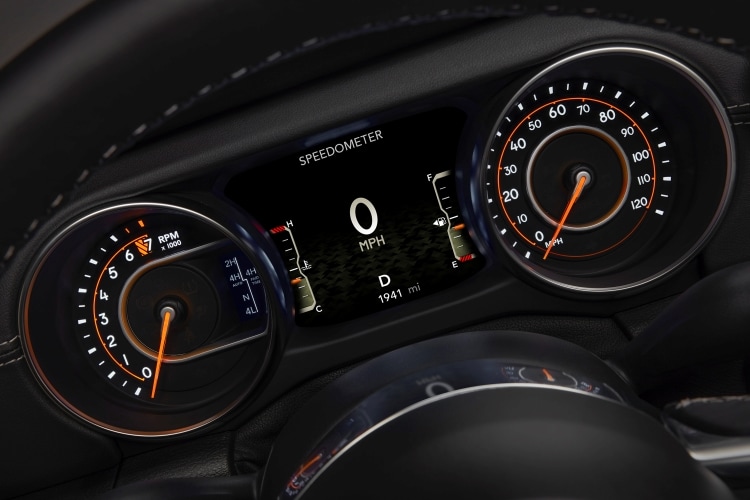
October is National Fall Car Care Month, a timely reminder to perform proactive vehicle maintenance before winter arrives. As your trusted car care partner, we are using this month to share tips and guidance that will protect the health and longevity of your vehicle. To begin, we’re focusing on an important, but often overlooked, aspect of vehicle maintenance: dashboard warning lights.
The dashboard is your vehicle’s primary method of communication. Some warning lights are simple indications that a particular system is in use, such as your headlights or an open door. On the other hand, they also serve as urgent notifications that something isn’t functioning properly and requires immediate attention. That’s why it’s crucial to understand the differences between these warnings and know how to react when one appears.
With so many symbols on one dashboard, even the most knowledgeable drivers can struggle to know what they all mean. Let’s take a look at some of the most important warning lights, what they signify, and how you should respond to each one.
Check Engine
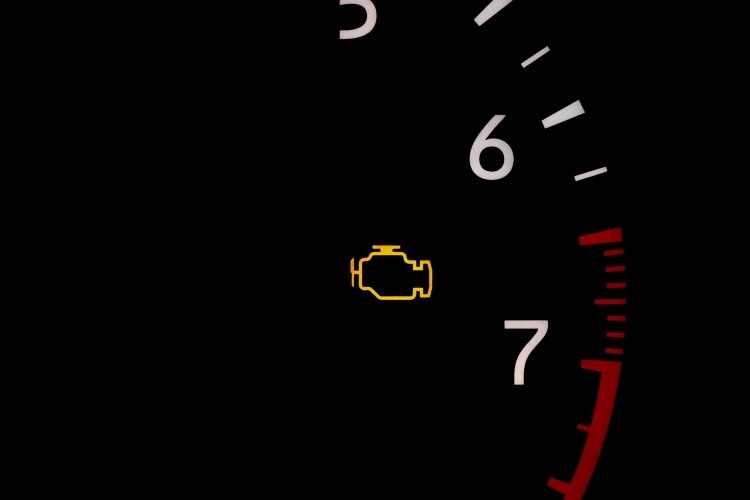
The dreaded check engine light. Not only is this one of the most concerning dashboard warnings to receive, but it’s probably the one drivers fear most due to its lack of clarity. It could indicate something as minor as a loose gas cap, or it could point to a far more serious issue with the engine.
If your check engine light appears, do not make any assumptions about the cause. Even if your vehicle seems to be running normally, it’s important to visit a service center as soon as possible so a professional can perform a diagnostic test to identify the issue. However, if your check engine light ever illuminates red or your vehicle begins behaving erratically, pull over and shut your engine off immediately. This often signals a major issue, and it may not be safe to continue operating the vehicle. Ignoring this warning can cause severe and potentially irreversible damage to your engine.
The check engine light is typically shaped like the outline of an engine and sometimes includes the words “CHECK ENGINE.”
Engine Temperature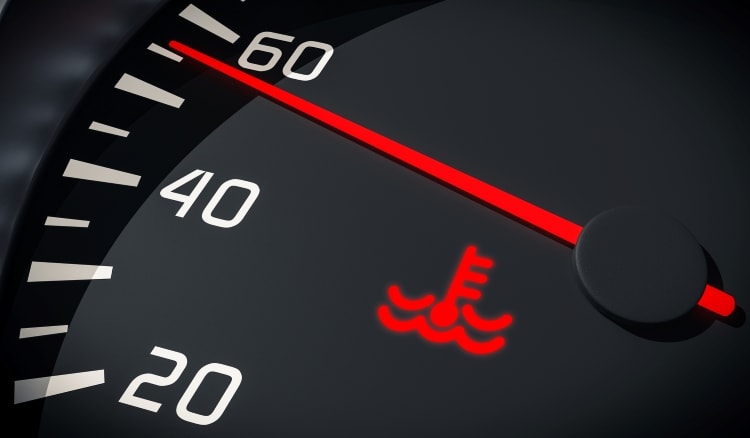
When the engine temperature warning appears, it indicates that your engine has exceeded a safe operating temperature. There’s a good chance this is due to low coolant levels, which is a simple issue to fix. You’ll want to avoid driving prolonged distances and refill your coolant reservoir to the correct level with the appropriate coolant mixture.
If you replace your coolant and the warning is still on, you should have your vehicle professionally inspected. There may be a larger issue at hand, such as a leaking coolant hose or a faulty water pump. Nobody wants to be stuck on the side of the road with a smoking car, but even more so, you want to avoid causing permanent damage to your vehicle.
The coolant temperature light resembles a thermometer or key partially submerged in water, and it’s located right beside the engine temperature gauge.
Battery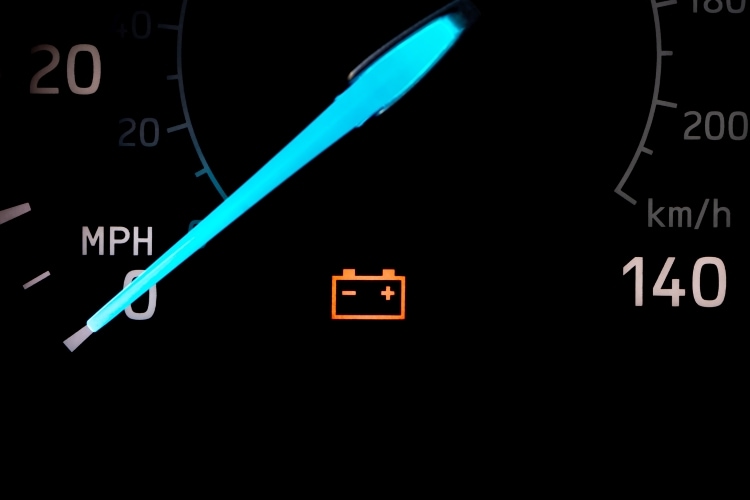
Most drivers have experienced the frustration of trying to start their car only to find that it won’t fire up. Few things are more inconvenient. That’s why the battery warning light is one you should never ignore.
The battery warning light signals that your vehicle’s charging system is not functioning properly. Many people assume that a weak or dead battery is the culprit, which is often the case. However, the issue can also stem from problems with the alternator, wiring, or other parts of the charging system. Since all of these components work together to start your car, it's wise to have the entire charging system inspected during each service visit. Proactive battery care helps you avoid the hassle of a dead battery and the desperate search for jumper cables.
There’s no mistaking this warning light; it's shaped exactly like a car battery.
Oil Pressure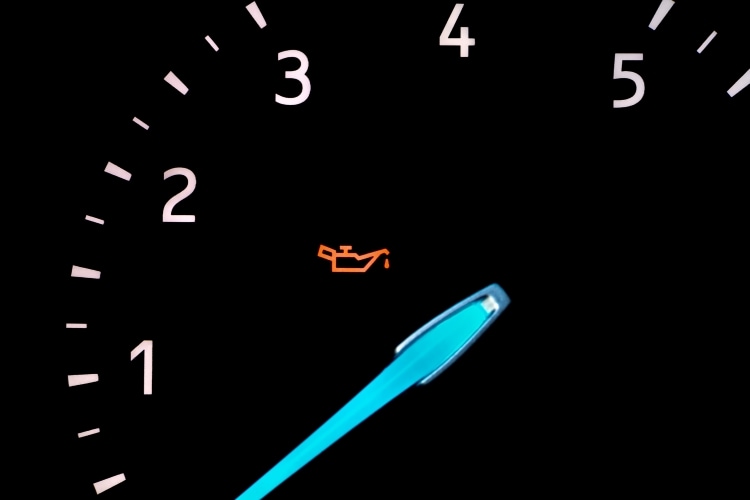
It’s no secret how important proper oil levels are for the overall health of an engine. If you notice the oil pressure warning light, you should always address it promptly. It could mean your oil level is low and needs a simple top off, which is the best-case scenario. However, if you replace your oil and the warning light remains on, or if it returns shortly after, you may be dealing with an oil leak or a damaged oil pump. These are serious issues that require professional attention and, if ignored, will almost certainly cause severe damage to your engine. Regular oil changes in accordance with your manufacturer's recommended service intervals are key to a healthy maintenance routine and will help keep this warning light at bay.
The red oil pressure warning light is easy to recognize; it resembles an oil can with a single drop of oil.
Brake System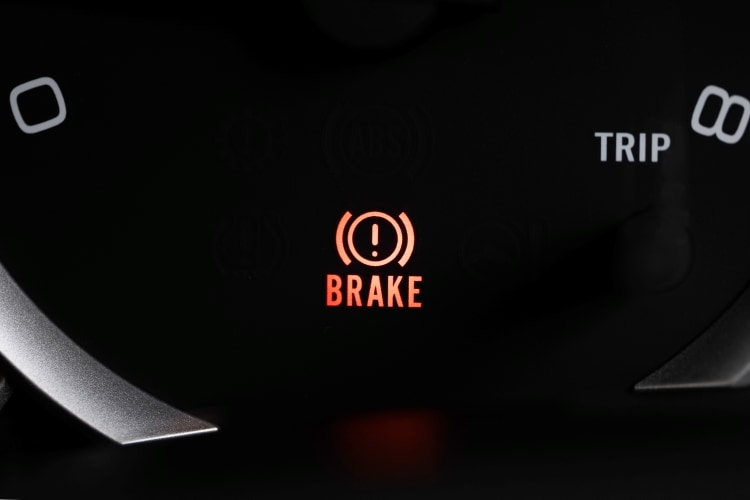
The brake system warning light certainly grabs a driver’s attention. When you start your car, a red exclamation point inside a circle, surrounded by parentheses, will remain illuminated if the parking brake is engaged. It can also indicate more pressing issues with the quality of your brake pads or the level of brake fluid. Since brake pads and fluid will eventually require replacement, it's essential to monitor their condition, understand their lifespan, and perform regular preventative maintenance.
It's important to note that most vehicles have a separate warning light for their anti-lock braking system (ABS). It’s similarly designed, with circled “ABS” lettering within parentheses, but in yellow instead of red. The primary function of ABS is to prevent wheel lock-up during hard braking scenarios. Similar to the brake system warning, the ABS warning can indicate low brake fluid or worn brake pads, but it can also signal specific malfunctions within the actual ABS module.
Never compromise your safety on the road. If you experience any issues with either of these warning lights, let a professional inspect your brake system as soon as possible.
Tire Pressure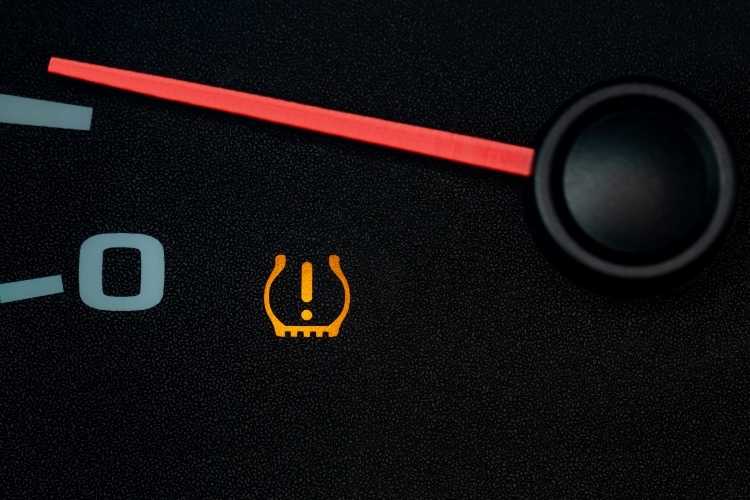
The tire pressure warning is especially relevant this time of year because colder temperatures cause the overall pressure in our tires to dip. I’m sure we’ve all started our car on that first crisp fall morning and noticed low pressure levels. This is extremely common, and occasional trips to the air pump throughout the colder season should do the trick. However, if your pressure levels seem to drop faster than they should, especially in one specific tire, you likely have a leak that requires replacement or repair.
Proper pressure levels help tires maintain optimal traction with the road, which is paramount during rainy, icy, or snowy conditions. The tire pressure warning light looks like a semi-circle with an exclamation point in the middle and small undulations that resemble tire treads at the bottom. Most newer vehicles make it even easier to monitor tire pressure with driver information graphics that display the exact pressure levels for all four tires.
Exterior Bulb Failure
This warning may seem simple on the surface, but a nonfunctioning headlight or taillight can easily go unnoticed. Think about it, how often do you see your exterior lights from anywhere other than the driver’s seat? If you receive the exterior bulb indicator, the smart thing to do is stand outside your vehicle while someone cycles through all exterior lights. This will allow you to identify the exact light that’s out and take the proper steps to rectify the issue.
Chances are you need a simple bulb replacement, but the issue could also stem from a loose connection, defective wiring, a blown fuse, or a similar electrical issue. The exterior bulb failure warning resembles an illuminated light bulb with an exclamation point in the center. If you receive this warning, the expert technicians in our service centers can pinpoint the issue and make the necessary repairs.
Your Car Care Partner
When your dashboard speaks, you should always listen. The warning lights we covered are among the most important to know, but they certainly aren’t the only ones. They can also vary from vehicle to vehicle, sometimes appearing as traditional symbols and other times as spelled-out messages in newer models. Always consult your owner’s manual for a complete breakdown of your vehicle’s dashboard symbols.
From helping you understand these warnings to performing the necessary services and repairs, Hendrick is here to support your car care needs. We encourage every driver to schedule a visit with your local Hendrick Service Center and ensure your vehicle is prepped for the season ahead. Stay tuned this Fall Car Care Month for more helpful tips that will keep you safe and confident behind the wheel!
 AdChoices
AdChoices